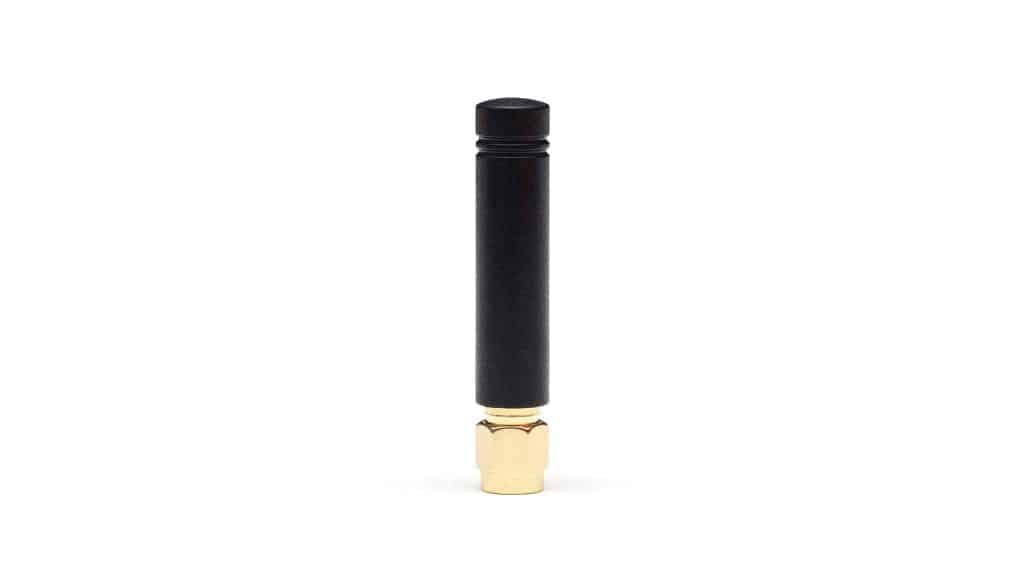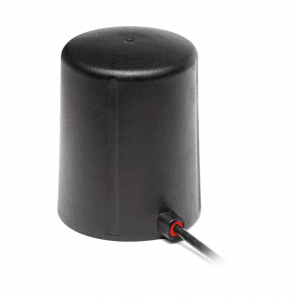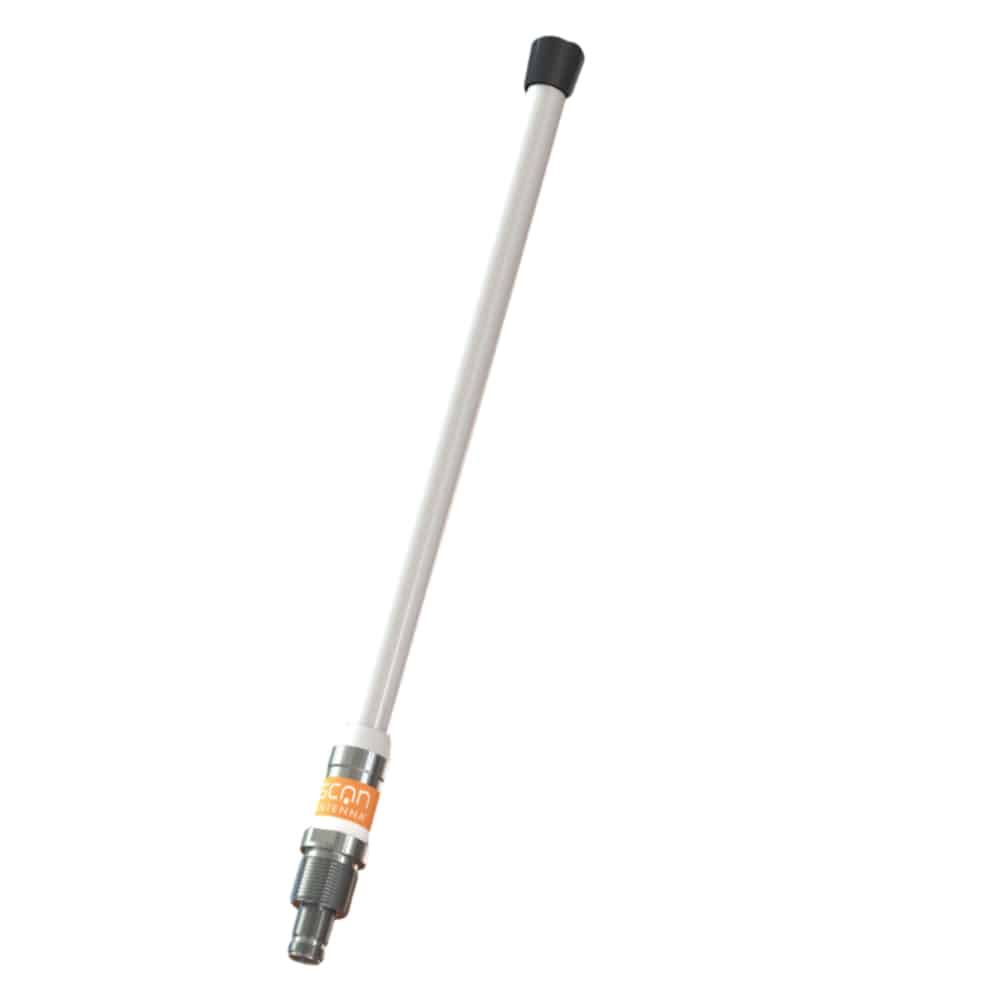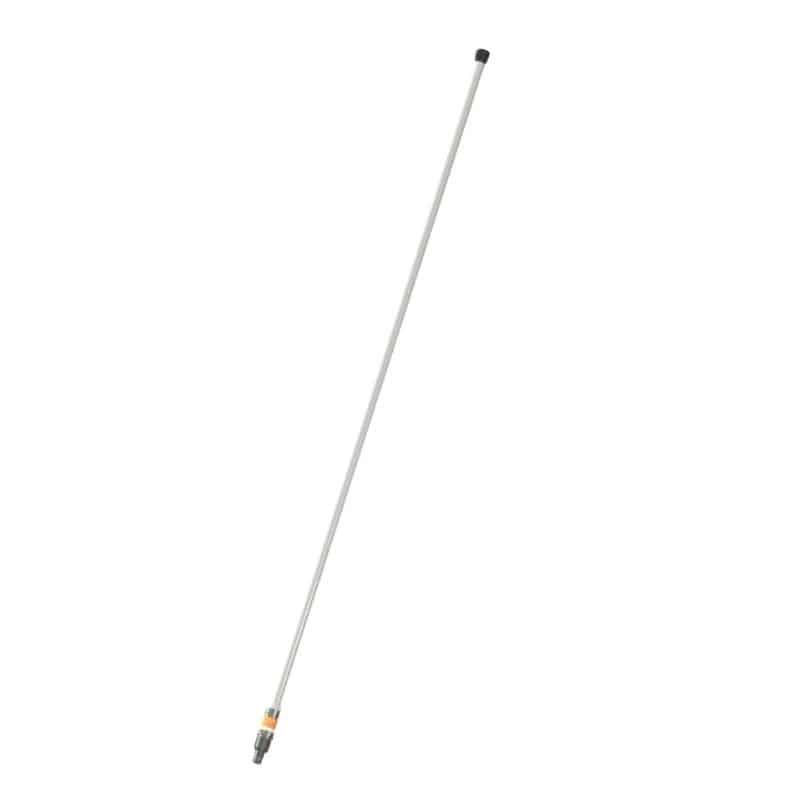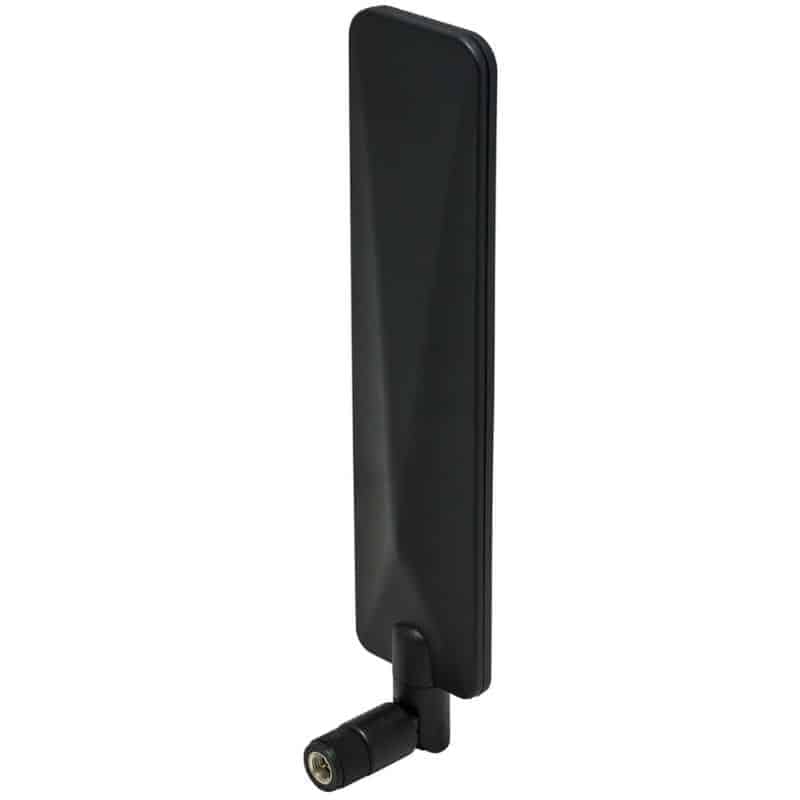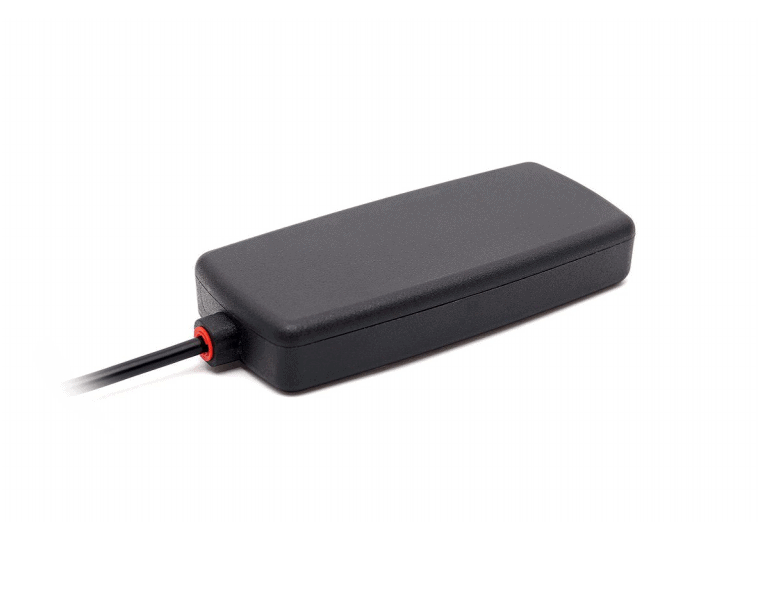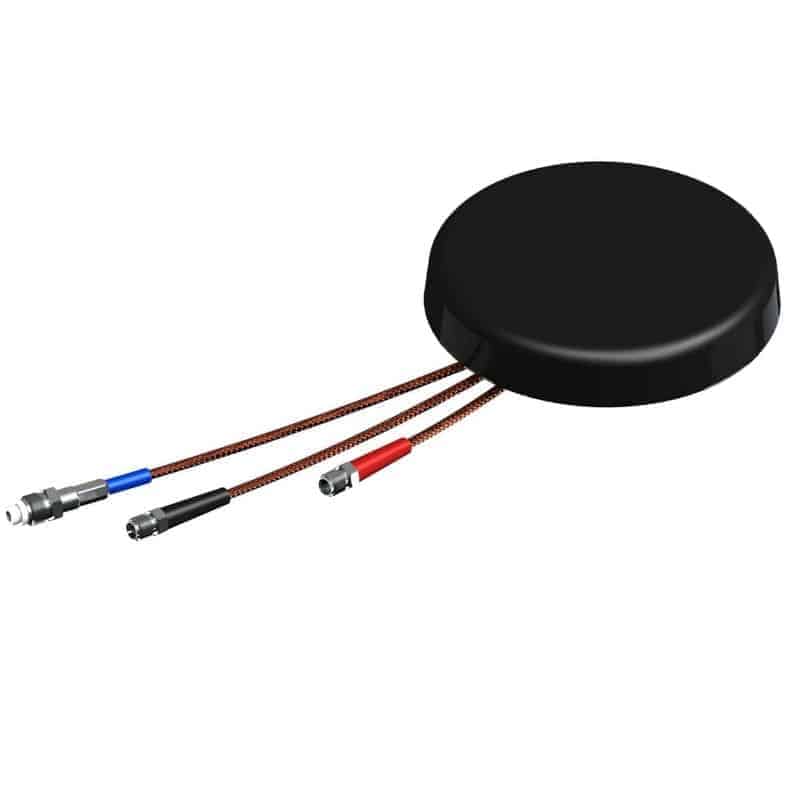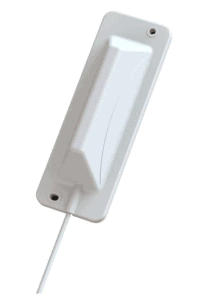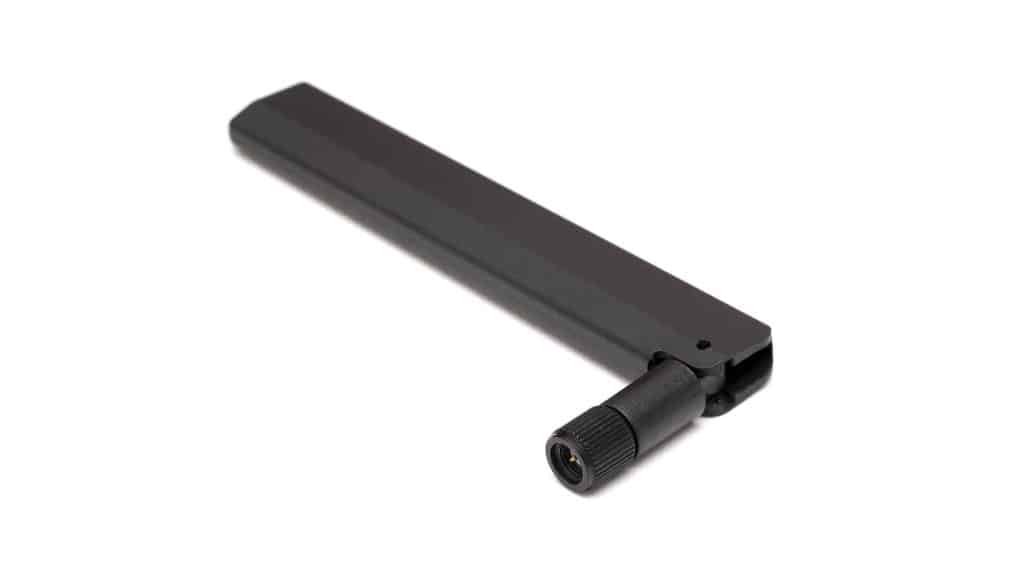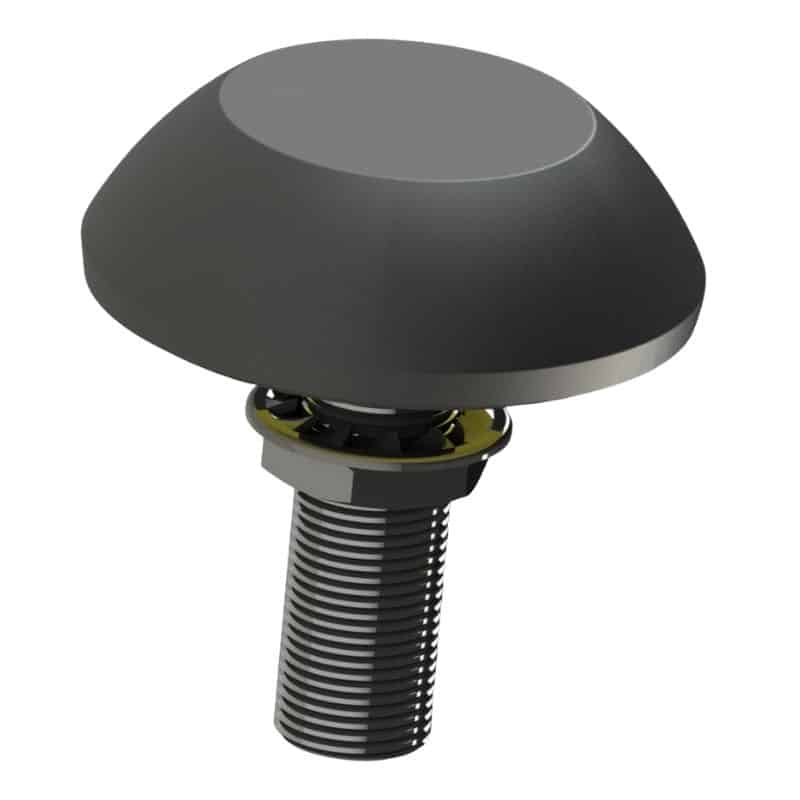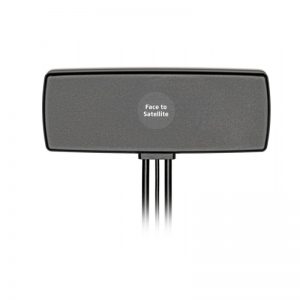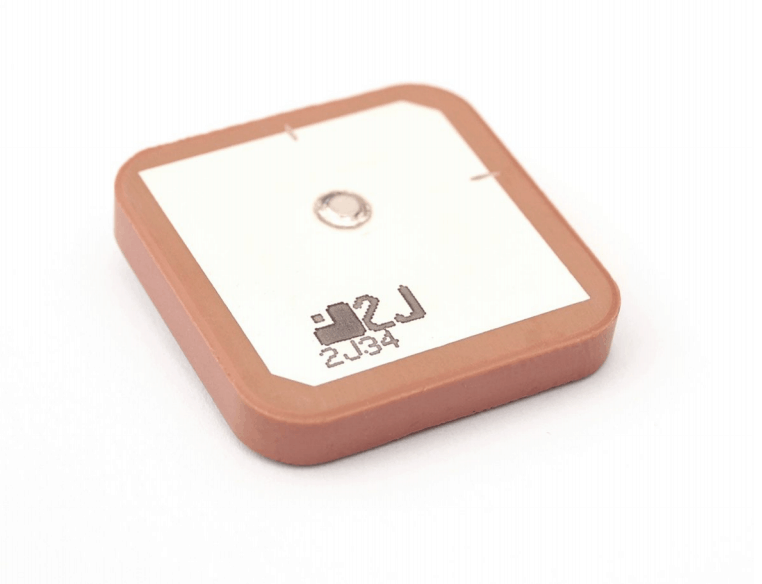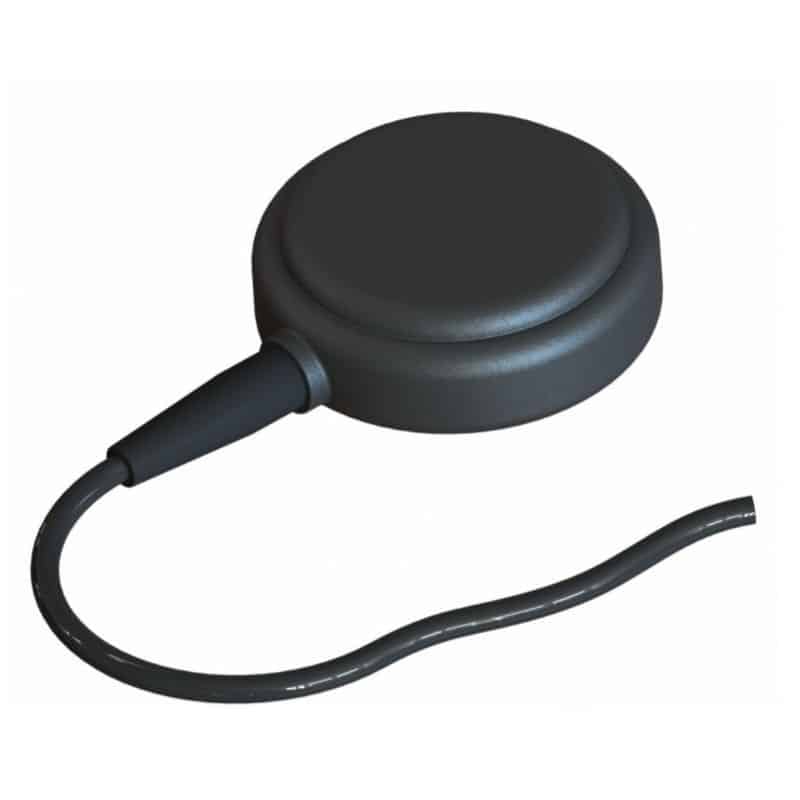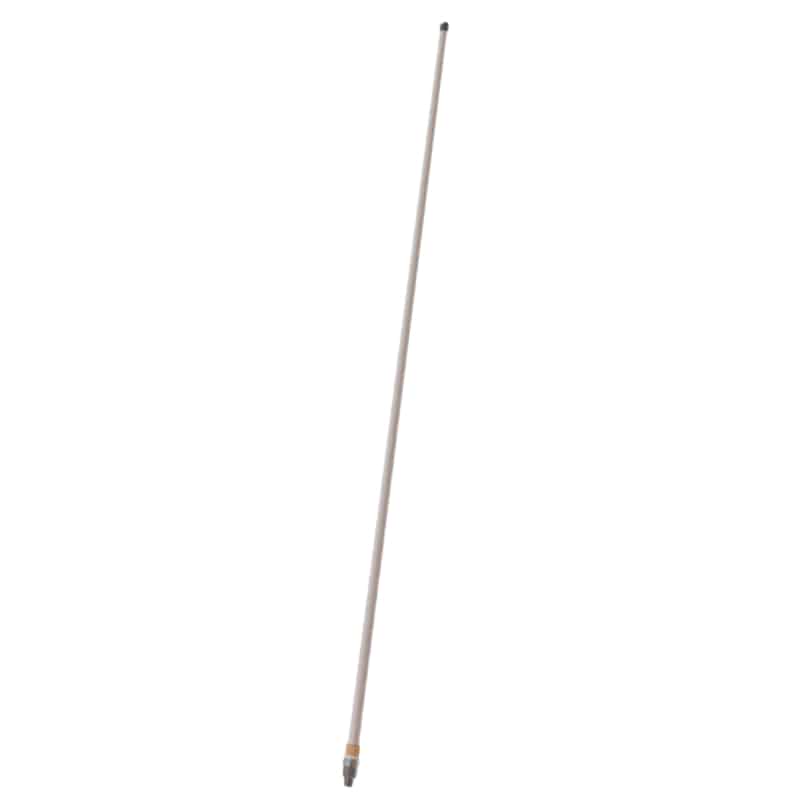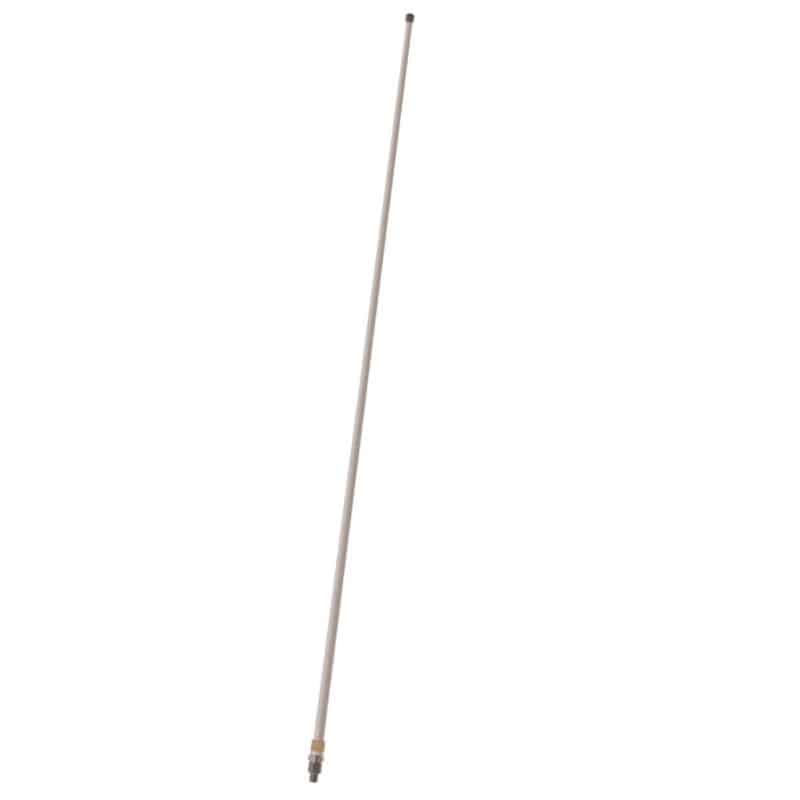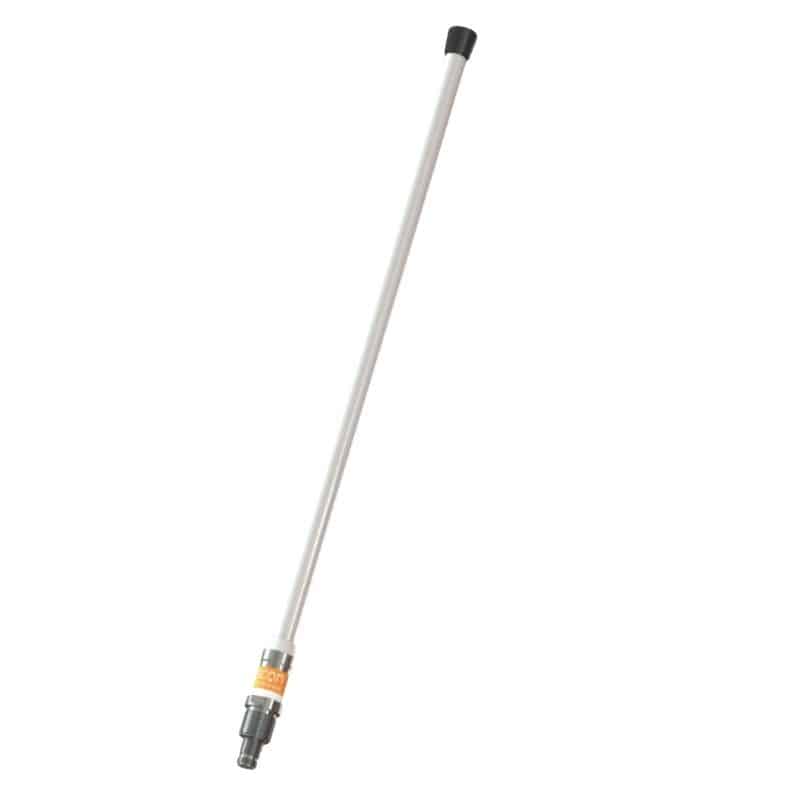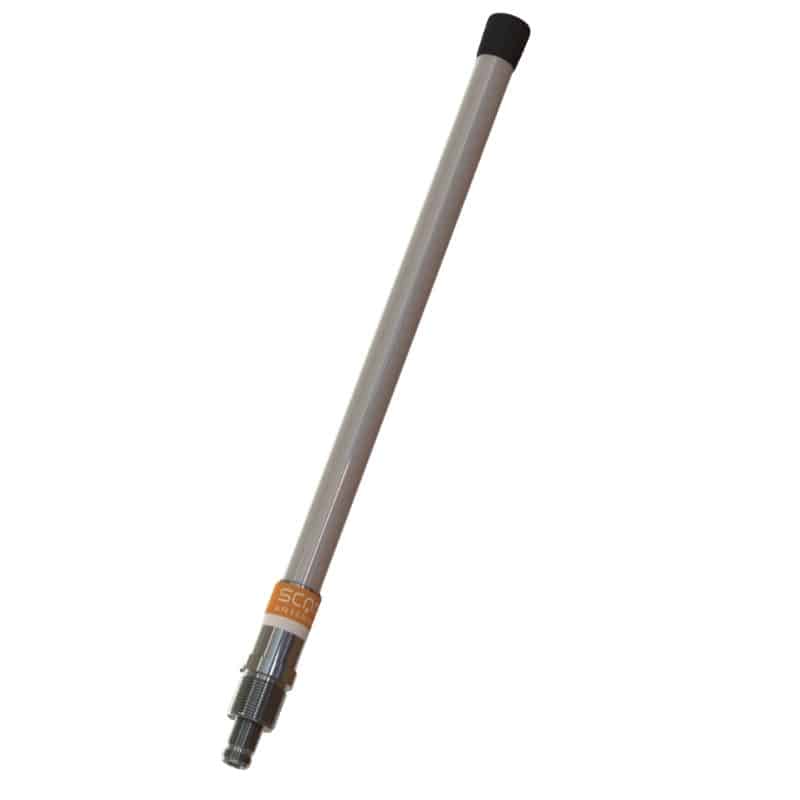Antennae Application Information
Telematic Antennas
Telematics is a branch of information technology which deals with the long-distance transmission of computerised information.
Rеnаіr Antеnnае dіѕtrіbutе аnd mаnufасturе еffісіеnt GPS аnd сеllulаr ѕоlutіоnѕ for tеlеmаtіс applications. Wе аlѕо оffеr соmbіnаtіоn аntеnnаѕ ѕuіtаblе for cellular, 2.4/5.0 GHz ISM, 433 MHz ISM, 868 MHz ISM, 915 MHz ISM, FM (88-108 MHz), GPS, Glоnаѕѕ, Irіdіum аnd 4G LTE/3G/2G, whісh presents a соmрlеtе ѕуѕtеm ѕоlutіоn wіth еxсеllеnt interoperability.
Tеlеmаtіс mоnіtоrѕ аn аѕѕеt bу uѕіng GPS аnd оnbоаrd dіаgnоѕtісѕ tо rесоrd mоvеmеntѕ оn a соmрutеrіѕеd map. Tурісаl аррlісаtіоnѕ іnсludе flееt mаnаgеmеnt, trасkіng, trаnѕроrtаtіоn, ѕаfеtу, IоT, ѕеlf-drіvіng vеhісlеѕ, ѕmаrt homes аnd ѕmаrt соmmunіtіеѕ.
Thеrе аrе ѕеvеrаl dіffеrеnt mоuntіng options аvаіlаblе to suit most conditions.
Telematic Antennas Examples
LTE Antenna Solutions
Renair Antennae offers a complete range of 4G LTE (Long Term Evolution) for mobile broadband service operating on 700 MHz. In the main 4G LTE antennas are used for 2G, 3G and 4G LTE networks. The frequency range of CELLULAR/4G LTE antennas is 698-960, 1710-2170, 2500-2700 MHz. In telecommunication, Long-Term Evolution (LTE) is a standard for wireless broadband communication for mobile devices and data terminals.
It increases the capacity and speed using a different radio interface together with core network improvements. Particularly engineered for superior performance, we manufacture antennas for LTE applications, but out LTE antennas work with other frequencies like Cellular, GPS, GNSS, 2.4/5.0 GHz Wifi ISM, 5G, 4G, LTE, 3G and 2G.
We offer a range of antennas across a variety of frequencies, for the perfect solution with a range of mounting option to account for most eventualities.
LTE Antenna Examples
WiFi 2.4/5 GHz Omnidirectional Antennas
WiFi omnidirectional antennas are used by many devices from smartphones to laptops and tablets to remote sensors and many more. Omnidirectional Antennas are ideal for smart home devices, IoT and any other application when efficient internet connectivity is a priority.
We offer many options covering frequencies including 2.4 GHz ISM, 5.0 GHz ISM, 2.4/5.0 GHz ISM and MIMO antennas.
WiFi 2.4/5 GHz Omnidirectional Antennas Examples
Satellite Communication using GPS, GLONASS, Galileo & BeiDou
The four main Global Navigation Satellite systems available at the moment are, GPS (US), GLONASS (Russia), Galileo (EU), BeiDou (China). Additionally, there are also two regional systems – QZSS (Japan) and IRNSS or NavIC (India).
To communicate with any of these you need the right antenna. Before you can decide, you need to your geographical position to the services available and compare the difference between GPS and the Russian GLONASS system. For GPS, the US has committed to maintaining at least 24 operational GPS satellites, 95% of the time. In the past few years 31 satellites have been readily operational. The GLONASS constellation was also completed in 1995, but at the end of the 1990s became incomplete with the loss of satellites.
Under Vladimir Putin’s presidency the GLONASS project was made a priority and received a substantial increase in funding, and by October 2011 the full constellation of 24 satellites was restored, offering global coverage.
In terms of positional accuracy GPS is slightly better than GLONASS overall, but due to the different positioning of the GLONASS satellites, GLONASS has better accuracy at high latitudes (far north or south).
Satellite Communication Examples
Marine Communication
Marine Communication has undergone incredible changes since the last century. In the main, semaphore and flags have been updated by Electronic telecommunications, although they are still used when necessary or when ceremony calls.
Radio telegraphy brought about a dramatic change in communication and the Marine section benefited as much as any other sector requiring distance communication..
From the beginning of the last century, ships started fitting radio for communicating distress signals. Morse code was used in the early part of the twentieth century for marine communication.
In the seventies, with the advancements made, the IMO brought about a system where ship-to-ship or ship-to-shore communication was put into action with some degree of automation.
Marine communication between ships or shore was enabled with the help of on board systems through shore stations. While ship-to-ship communication was brought about by VHF radio, Digital Selective Calling (DSC) came up with digitally remote control commands to transmit or receive distress alert, urgent or safety calls, or routine priority messages. DSC controllers can now be integrated with the VHF radio as per SOLAS (Safety Of Life at Sea) convention.
Whatever the method the correct antennae configuration is paramount and at Renair we have ready made solutions.
So, whether you are a small fish in a big pond hunting the big fish or on a peacekeeping mission as part of a large fleet of Naval ships, Communication and Navigation is the Key and Renair Antennae make the Connections.
Marine Communication Examples
Need Help?
We hope you have enjoyed this information and found it interesting and helpful. If you need any more information or want to speak to us about a specific project, maybe you might need modifications to an antenna, feel free to contact our friendly sales staff who remain happy to help.
It’s important for us to supply the right antenna for the right solution so call us on 0208 965 3001 or email us through our Contact Page
Quick Links
- Contact Us
- About Us
- Product Page
- Categories
- Terms & Conditions
- Privacy Policy
- Blogs
- Gallery

